It was very visible in the light colored porcelain mug. (Image above) Many mugs will not show this kind of defect and as you all know, it is the perfect place for dirt and bacteria to gather. Any well vitrified clay object can be subject to too thick layers of glaze and it can be disastrous in any clay body if the problem is not addressed. I took the mug outside and knocked it on the cement to break it.( Yes I protected my eyes with safety glasses) and I have to tell you, it took me about 5 really hard knocks, before it broke. Did I mention that porcelain is a really strong ceramic medium? Anyway, the way it broke shows clearly a too thick layer of liner glaze inside the mug (see image below). How to prevent dunting in pottery.Even walls and an even application of glaze on any functional clay object is crucial. In this case the glaze layer was too strong for the clay body. Since it is a clear glaze, it is possible that I double glazed it without realizing the mistake. Prevent thermal shocking during the firing process. A kiln that is fired too fast or that fires unevenly may cause trouble, not only with dunting, but possibly with warping too. Obtain knowledge of silica and its behavior in pottery clay and glazes and especially how it will behave during firing of a pottery kiln. ( Silica, often a culprit in the studio, is an interesting topic for potters to review.) See: Kilns suitable for porcelain in the near future. Potters must make sure their glaze and clay body is a good fit for each other. There are glazes that are simply too strong for the clay body in use and instead of just shivering, it may tear and crumble a pot up into pieces. Glazing on just one side of a piece, may cause dunting, when the stress of expansion and shrinkage on one side is stronger than the other side. Large plates, platters and trays often tends to dunt when it is not properly set up in the kiln Learn how to fire plates. Identify dunting in a clay objectWhen a crack is long and ongoing with a sharp edge, it is most certainly a dunt. This type of cracking can appear in the clay or the glaze or in both. They may appear vertical, horizontal, spiral or with a ragged edge all over the object. If the crack is soft and rounded, it means that glaze moved and melted into the crack. The obvious observation is that the crack was there before the glaze melted. This type of crack is unrelated to dunting. How to use pottery in the kitchenIt is important that pottery users realize that they are working with a glass-like product that can break and chip if it is abused in the kitchen. Here are a few tips to be aware of when you buy pottery. Always inspect your pottery directly after you received it from any ceramic artist; especially when it is shipped to you. Make sure it does not have hidden cracks, by tapping with a wooden spoon on the rim. A cracked piece will have a dull sound. If you are about to subject your pottery to heat or cold, ALWAYS avoid sudden temperature changes. NEVER take a bowl or casserole dish straight from the refrigerator to the oven or vise versa. Not only is it a dangerous practice in which you can get hurt, but you will most certainly loose your precious bowl. If you observe a crack, understand when it is a dunt and when it is a flaw in the making process. A crack that was formed in the making will have rounded corners, whereas a dunt is sharp. Be aware that there is such a thing as delayed dunting. By discussing it with the potter, you may help him/her to solve a issue that they may be unaware of. Links TeachinArt - Online School of Art Wheel thrown porcelain dinnerware Handbuilding porcelain dinnerware AIC_IAC - International Ceramics Academy of Ceramics MAC - Mississippi Arts Commission Antoinette appreciate any comments. Also visit her Porcelain shopping gallery if you are interested in collecting one or more of her ceramic art pieces.
30 Comments
5/31/2022 05:31:39 am
I found this blog very informative, keep up the good work. Thanks for the opportunity. <a href="https://www.atozwhs.com/">Hotel Supplies Dubai</a>.
Reply
6/22/2022 06:51:13 am
Don't know what's with my ceramics. I think they are not quality made. They get broken as I place them on shelf. Now I place them in mat.
Reply
8/9/2022 07:46:39 pm
I love that you talked that it is a crucial process to apply the glaze for your project for safety. The other day, my younger sister told me that she was hoping to find a Paris-designed mug and products as a gift for his friend's birthday, and she asked if I had any idea what would be the best choice to consider. I'm thankful for this instructive article, I'll consult a trusted honey products online shop for more information.
Reply
2/23/2024 04:14:20 am
That is the push behind our success. It is to take nothing for granted and make sure the customer feels at home and at peace shopping from us.
Reply
3/12/2024 12:03:24 am
Make your memories brighter with our versatile and innovative offers like never before. And through the mingling, we will beautify your poise. You could take this look for the mesmerizing pull for a date..
Reply
3/13/2024 10:44:08 pm
After reading your blogs, I feel confident in my look, and now I can create different fashionable looks.
Reply
3/14/2024 05:29:25 am
The words of your article speak the reality about the world of clothing and I highly admire your efforts to share this useful information with us.
Reply
3/25/2024 04:02:44 am
On top of that, our interest in having the ideal rdr2 leather jacket for your wardrobe is worth it. Moreover, the enticing attributes we utilize in outfits are essential in giving you the perfect appeal.
Reply
4/3/2024 11:35:14 am
Very well written article. Thanks for sharing. <a href="https://blackfurcoat.com/product/aviator-raf-b3-shearling-sheepskin-black-jacket-for-men/"> Black Jacket For Men </a>
Reply
4/3/2024 03:09:07 pm
More than just a piece of clothing, this jacket is evidence of LeBron’s dedication to perfection. It provides functionality without sacrificing flair, thanks to its two side pockets and snap-tab closure. This jacket is the ideal partner whether you’re hitting the streets or the gym. For anyone who wants to adopt LeBron’s winning mentality, this adaptable piece of clothing is a wardrobe essential that can be worn for both casual events and workouts.
Reply
4/9/2024 04:10:20 am
We are Fit Jackets, and our specialty involves the art of fictional fashion for the masses. On top of that, our exceptional expertise in giving you that fabulous vogue flair is pretty satisfactory.
Reply
4/15/2024 07:55:44 am
Reply
4/17/2024 02:31:06 am
We are J4 Jacket, and we deal in a captivating range of jackets, from the closets of your favorite celebrities to their movie and TV series wardrobes. <a href="https://www.j4jacket.com/product/joel-miller-the-last-of-us-series-brown-leather-jacket/">joel miller brown jacket</a>
Reply
5/1/2024 11:44:40 pm
Just American Jackets cates you with exceptional trendy fashion and updates you with the exclusivity of classy to glamorous and timeless fashions.
Reply
5/2/2024 12:18:45 am
#1 Portal to Search Jobs in the Middle East, Saudi Arabia, United Arab Emirates, Dubai. Post your Resume and find your dream job in gulf on The Talent point
Reply
5/2/2024 08:46:49 am
WELCOME - RIGHT ACADEMICSRight Academics Offers Professional Academic Writing ServiceEmpowering Your Academic Journey: Unleashing Excellence with Oxford Helpers – Your Trusted Partner for Premium Support, Expert Guidance, and On-Time Delivery, Paving the Way to Success and Beyond!Get in touchCall Now Our Trusted Partners Empowering Your Academic Journey: Unleashing Excellence with Oxford Helpers – Your Trusted
Reply
5/13/2024 08:01:42 am
Hello, I really want to thank you for allowing us to comment freely on your post. It is very good.
Reply
5/13/2024 08:47:50 am
Thank you for all your help. Your service was excellent and very FAST. Many thanks for you kind and efficient service. I have already and will definitely continue to recommend your services to others in the future.
Reply
5/21/2024 02:00:59 pm
The depth and quality of your content truly stand out, offering readers the valuable insights they're searching for especially this blog however if someone looking for fashion related information should visit.
Reply
5/23/2024 07:24:51 am
A gallery wall sounds like the perfect weekend project. Thanks for the idea!"
Reply
6/3/2024 10:24:40 am
Formative and Summative Assessments Formative assessments occur during the learning process and provide feedback to students on their progress and understanding. They are often low-stakes assessments such as quizzes, homework, or class activities. Summative assessments, on the other hand, occur at the end of a unit or course and measure overall
Reply
6/5/2024 11:22:09 am
Your blog provides an in depth view that aligns perfectly with what people are eager to discover especially this blog however if someone looking for fashion related information should visit.
Reply
6/12/2024 11:46:24 am
I'll tell my friends about this information because it taught me a lot.
Reply
7/12/2024 02:15:49 pm
Dwayne Johnson's leather jacket from the movie "Faster" exudes rugged and stylish appeal. Its black leather finish, combined with a minimalist design and sturdy construction, reflects the character's tough and determined persona in the film. This jacket remains a popular choice among fans of action-packed fashion for its blend of durability and classic style.
Reply
Leave a Reply. |
Blog
Categories
All
|
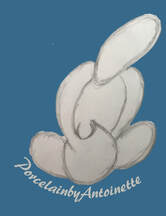
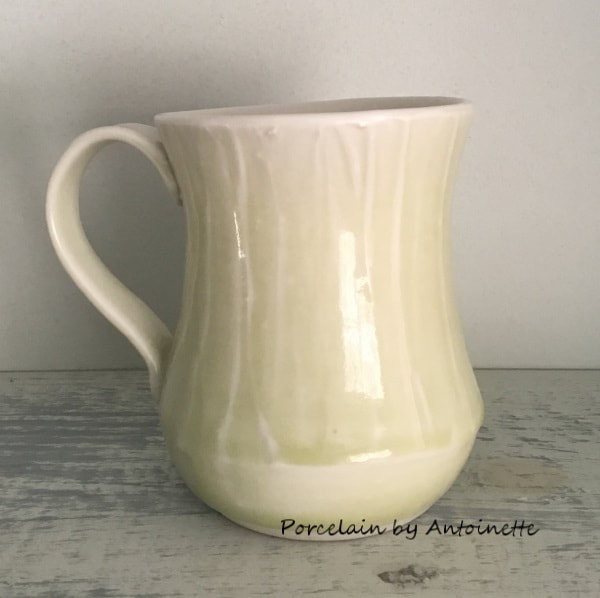
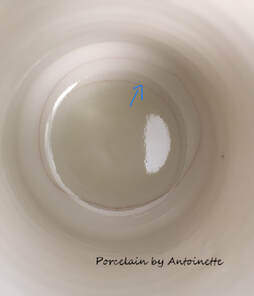
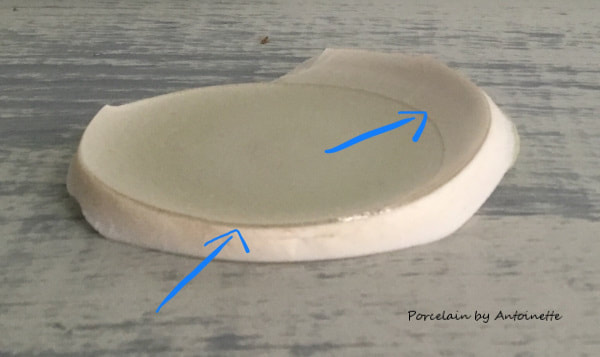
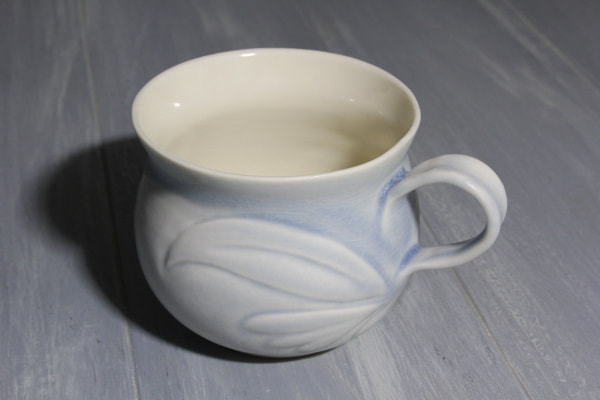
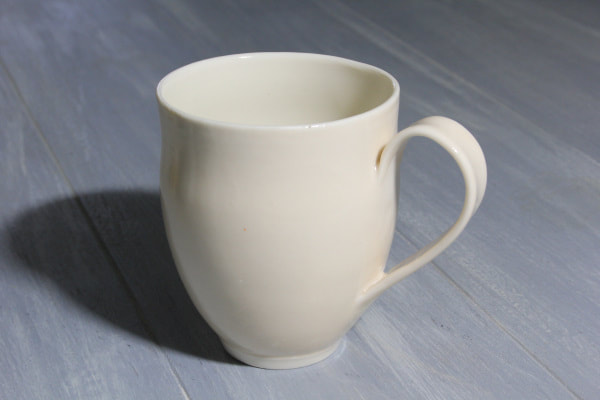
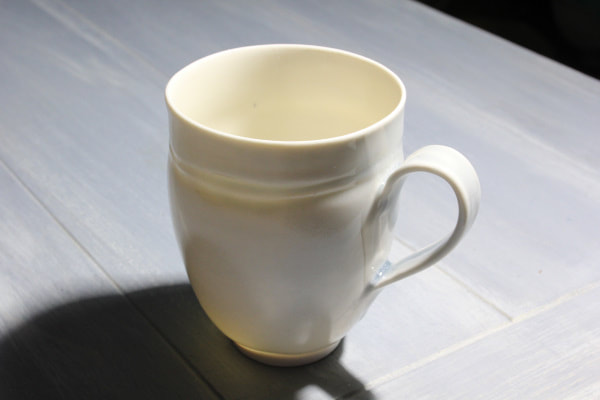
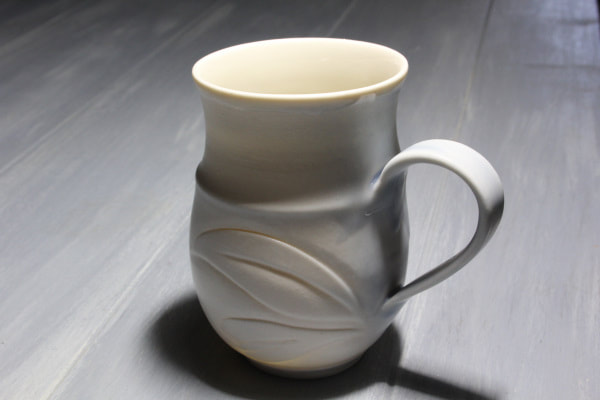
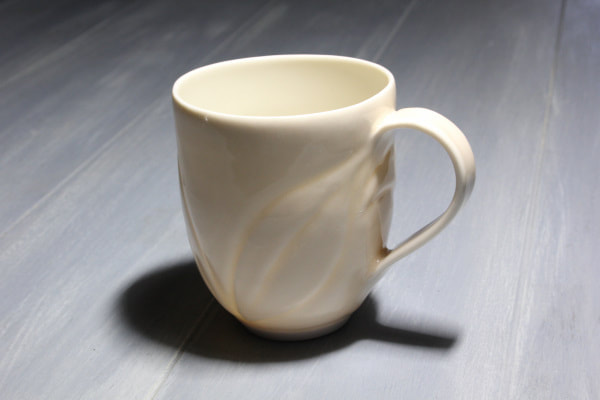
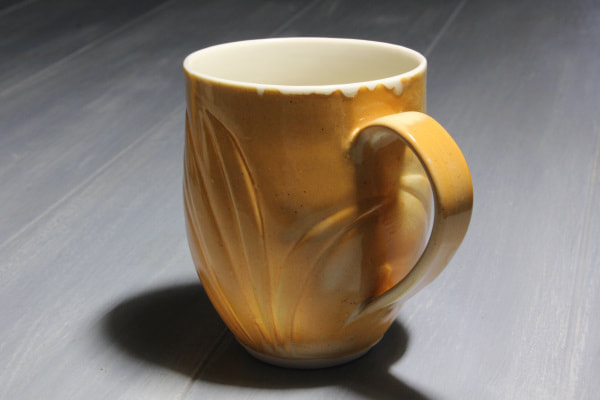
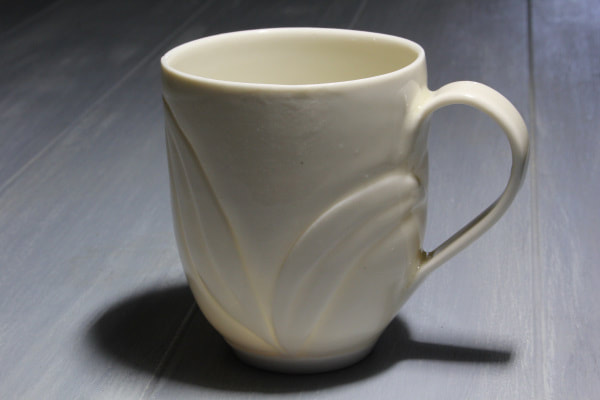
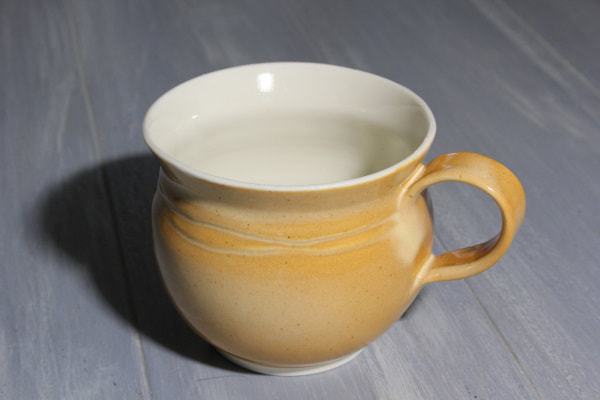
 RSS Feed
RSS Feed